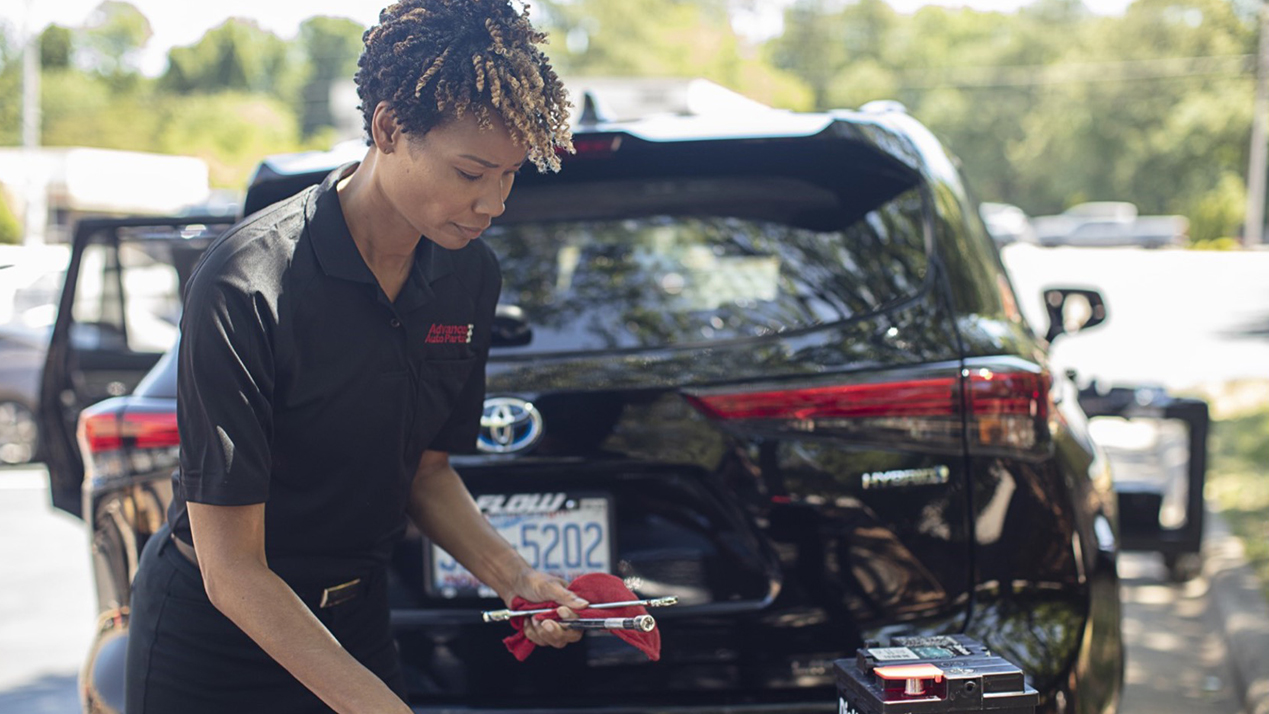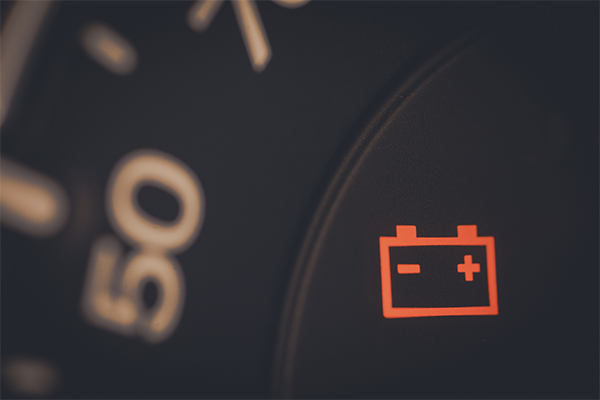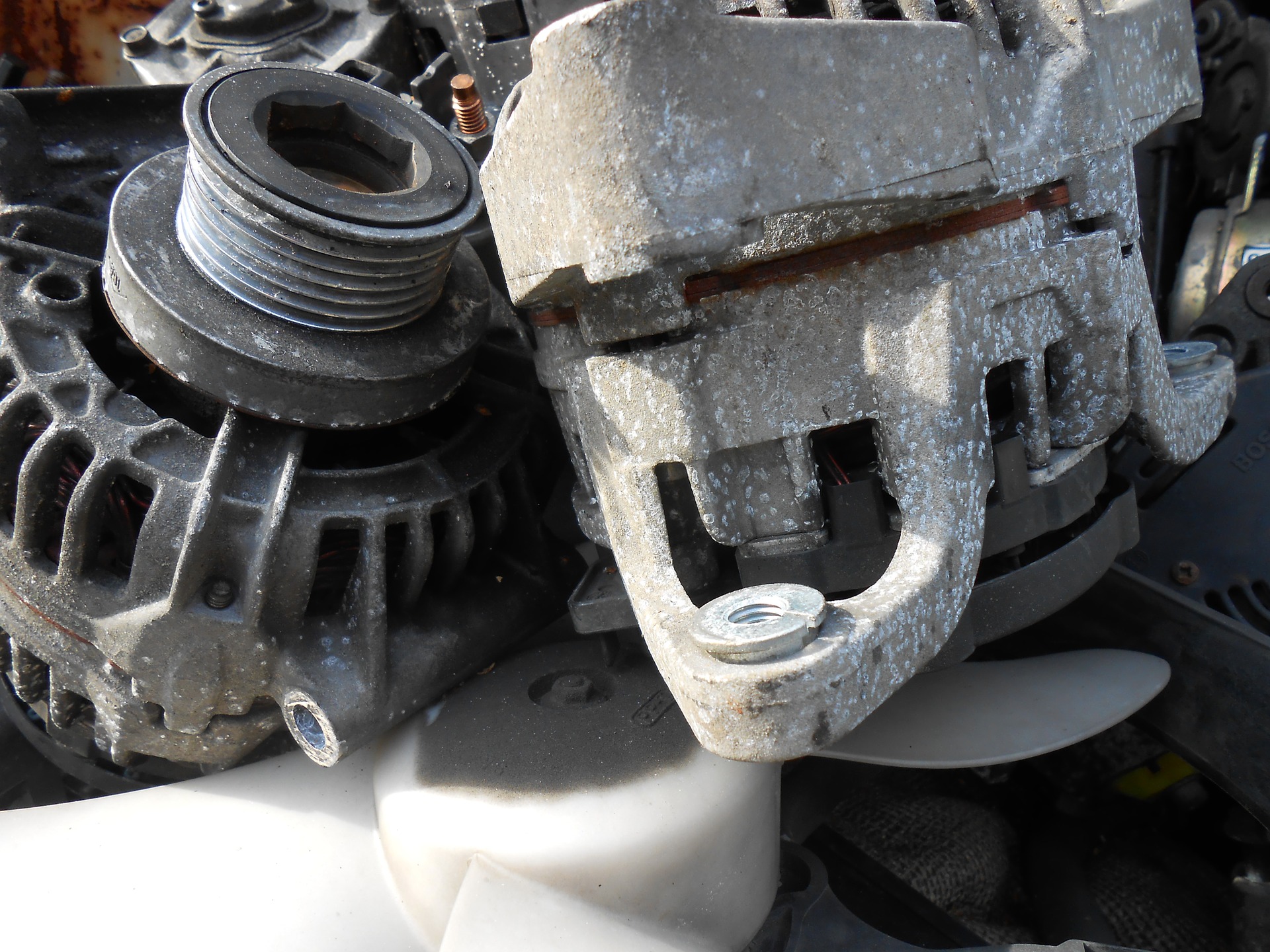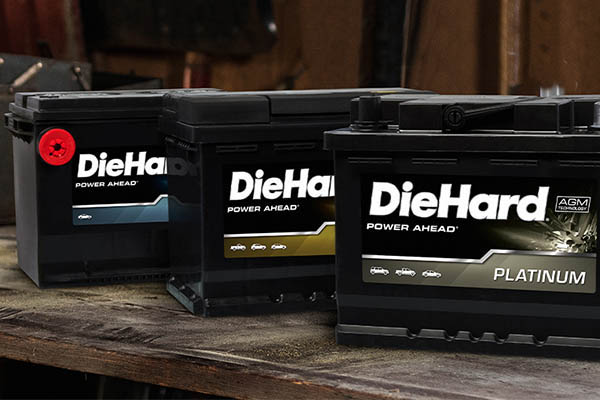Unfortunately, cars cost money to maintain. We all know it, but when you’re faced with an unexpected expense like a failing battery, knowing how much you should be paying for a new one becomes important. A battery in particular can become an overwhelming choice when you realize how many options there are. On average, a car battery cost can range between 100-200 dollars. Keep reading to learn about three main factors that determine the cost of a battery and how to find the best one for your vehicle—and your budget.

1. Car Battery Cost and Performance
Different cars have different needs. For example, an older vehicle without the latest bells and whistles isn’t going to require as much from a battery as a newer or luxury vehicle.
There are external conditions that factor into the cost of a battery, too. One of the ways in which batteries are rated is by their cold cranking amps (CCA). This is a measurement of how well your battery will perform in cold temperatures. Specifically, this rating tells you how many amps the battery can deliver at 0 degrees F for 30 seconds while still maintaining a certain minimum voltage. If you live in a colder climate that places higher demands on the car battery, you can expect the price tag to reflect that higher CCA.
To find the cost of the battery that’s right for your vehicle, add your vehicle information online or in the Advance Auto Parts mobile app.
2. Warranty and How Long the Battery Will Last
There’s something to be said for the peace of mind that comes with a solid warranty, isn’t there? That goes for anything, but it’s especially true on a car battery, which can really ruin your day when it fails unexpectedly. Knowing that its replacement will be covered for a two, three or even four years gives you confidence when you make that purchase. You can compare warranties on DieHard batteries at Advance.
The warranty and expected life of a battery does relate to the battery cost. Economical batteries do, of course, have an attractive price point, but they generally don’t come with as good of a warranty. Many people consider the DieHard Gold is the sweet spot here, as the price is often going to stay under $200, plus you get a great three-year free replacement.
3. Battery Construction
Like most technology, batteries have advanced over the years. Let’s dive deeper into two common types of batteries: flooded lead-acid and absorbed glass-mat (AGM).
Flooded lead-acid batteries
Flooded lead-acid batteries use the tried-and-true battery technology. To understand how they work, let’s get back to basics. The primary function of your vehicle’s battery is to power the starter to get your engine running. That job takes a big burst of energy, and that’s where lead-acid batteries shine. They deliver power in bursts and then get recharged by the alternator as you drive.
A lead-acid battery is composed of six cells housed inside the case. Each cell is essentially a 2.1-volt battery, which is how we have 12.6-volt automotive batteries. Each cell is made up of at least one positive plate, at least one negative plate, and insulating separators that prevent the positive and negative plates from touching. Each cell is submerged in an electrolyte fluid that is a mix of sulfuric acid and water.
Here’s a simplified explanation of how these batteries operate:
- The positive and negative plates are different metals.
- Different metals placed in an acid cause electrons to flow between the plates. (Electric current is the movement of electrons in a circuit.)
- As a battery loses its charge, the sulphate in the electrolyte fluid reacts with the positive and negative plates, leaving only water behind. Charging a battery returns the sulphate to the electrolyte solution.
Flooded lead-acid batteries tend to be more moderately priced.
AGM Batteries
An AGM battery is a newer, superior type of lead-acid battery. Rather than the lead plates and sulfuric acid, AGM batteries use fiberglass separators, and the acid is completely absorbed into the separator. There are multiple benefits to this design, including:
- Spill proof design. Imagine a cup of water versus a wet paper towel landing on the floor for a good idea of why we like spill proof batteries.
- Gases that would normally be released in the normal use of a flooded lead-acid battery are instead absorbed into the fiberglass mat. This not only avoids the issue of evaporating electrolyte, it allows the battery to be mounted in any position.
- Longer life. On average, AGM batteries can last years longer than their flooded lead-acid counterparts.
- Reduced self-discharge. AGM batteries are better able to hold a charge during periods of non-use.
Advance Auto Parts will test your battery in the parking lot. If it’s time to replace it, we’ll also replace your battery for free while you wait*.
Choosing the Right Battery for your vehicle
As you can see, multiple factors can affect the cost of a battery. To make the most informed decision, we recommend adding your vehicle information online or on the Advance mobile app to view exact matches. You can also stop by your local Advance, where knowledgeable Team Members can chat with you about options.
Recommended further reading:
*Car battery testing and installation available on most automotive vehicles, at most locations, unless prohibited by law.









